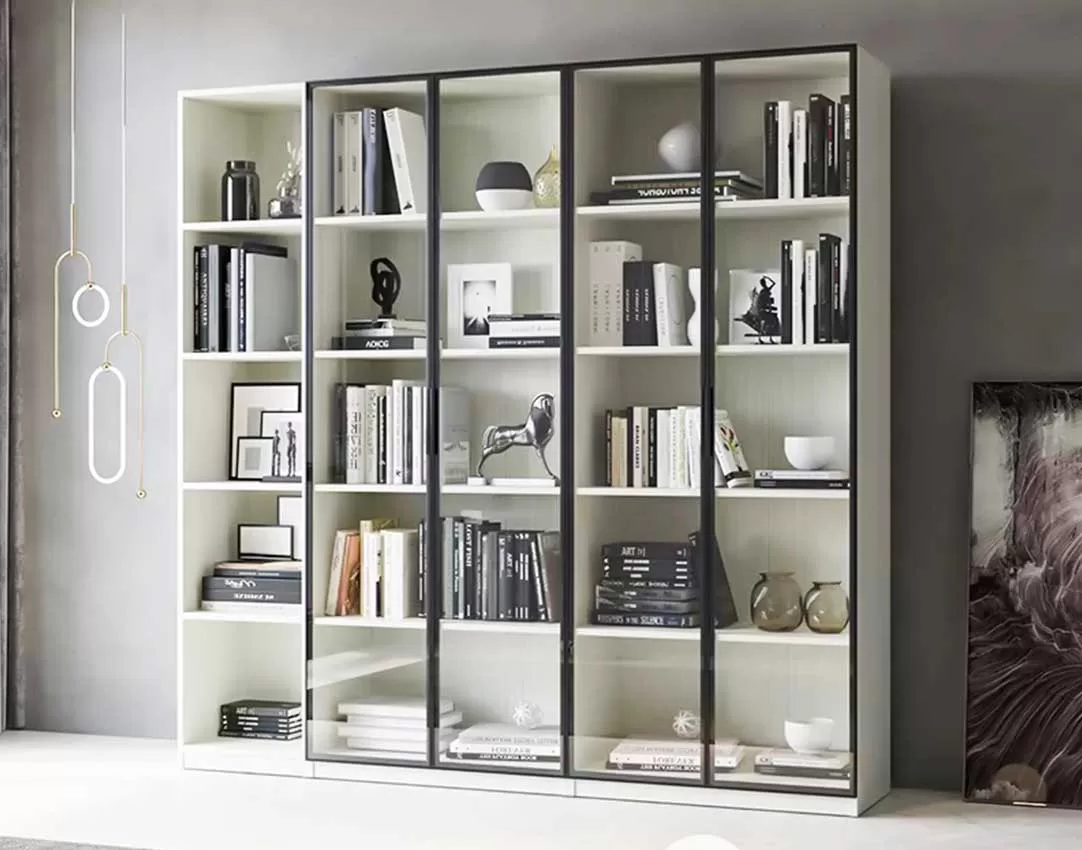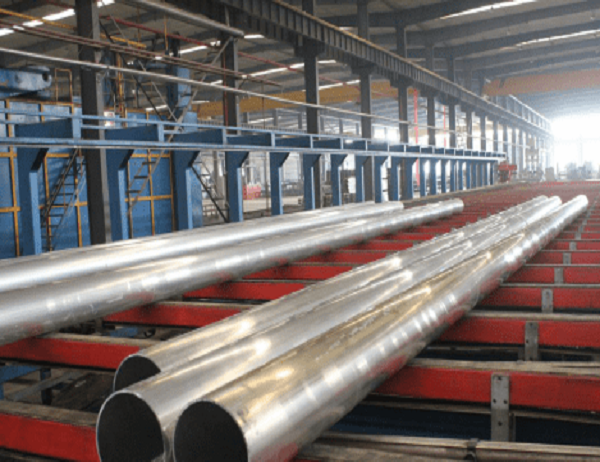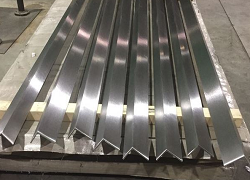The world of kitchen cabinet design is constantly evolving, and with it, the technology used to create these essential pieces of cabinetry. From innovative materials to advanced manufacturing techniques, the future of kitchen cabinet profile technology holds a world of possibilities, promising to transform the functionality, aesthetics, and overall experience of modern kitchens.
One of the most significant trends in kitchen cabinet profile technology is the integration of advanced materials. Traditional wood and plywood construction are being supplemented by innovative materials such as acrylic, glass, and metal. These materials offer a range of benefits, including durability, resistance to moisture and heat, and the ability to create sleek, modern designs. Acrylic cabinets, for example, provide a high-gloss finish that reflects light, creating a spacious and airy feel. Glass cabinets offer transparency, allowing homeowners to display their favorite glassware and dishes.
The future of kitchen cabinet profile technology also involves the adoption of precision manufacturing techniques. Laser cutting and computerized numerical control (CNC) machines are becoming increasingly common in cabinet fabrication. These technologies allow for precise cutting and shaping of cabinet components, resulting in a seamless and professional-looking finish. CNC machines can also create complex designs that would be difficult or impossible to produce using manual methods.
Customization and personalization are becoming increasingly important in modern kitchen design. Homeowners are no longer satisfied with generic, cookie-cutter cabinets. They want cabinets that reflect their unique style and meet their specific needs. Future kitchen cabinet profile technology will enable even greater customization, allowing homeowners to choose from a wide range of colors, finishes, and configurations. Some companies offer online design tools that allow homeowners to visualize their dream kitchen before making a purchase.
Smart technology is also making its way into kitchen cabinet design. Cabinets can now be integrated with voice assistants, motion sensors, and other smart devices. This allows homeowners to control their cabinets hands-free, open and close them with a simple wave, or access their contents with voice commands. Smart cabinets can also be programmed to store favorite settings, such as the height of a countertop or the brightness of the under-cabinet lighting.
Sustainability is another important trend in the future of kitchen cabinet profile technology. Manufacturers are increasingly adopting environmentally conscious practices to reduce their carbon footprint. This includes using recycled materials, water-based finishes, and energy-efficient production processes. By choosing sustainable kitchen cabinets, homeowners can contribute to a greener and healthier planet.



